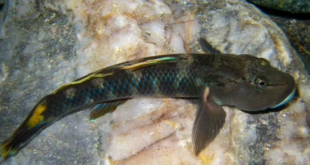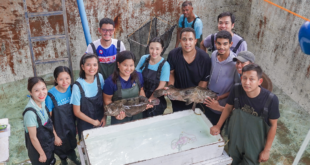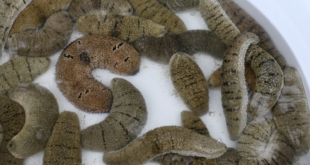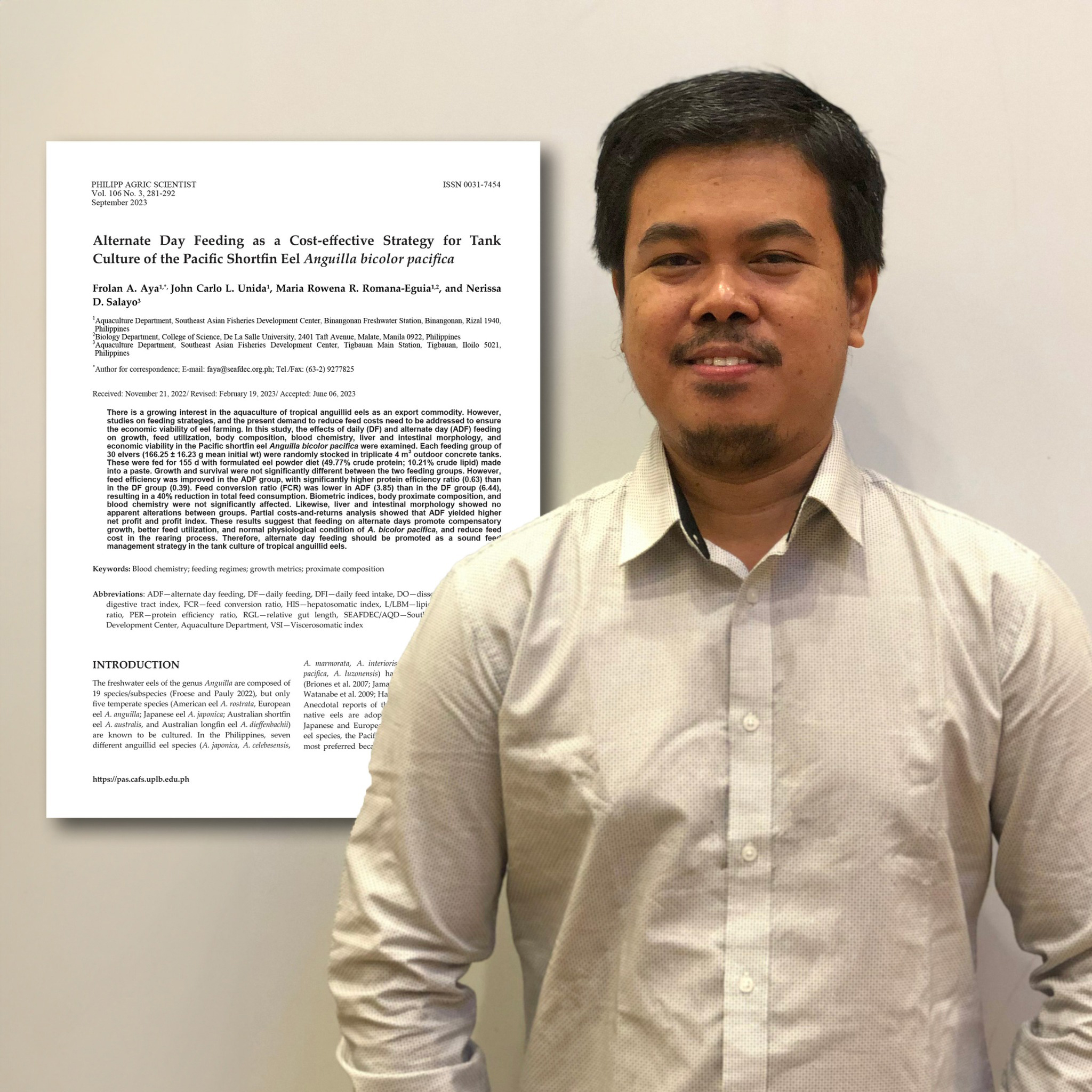
Have you ever tried intermittent fasting? While some people alternate periods of fasting and non-fasting for various health reasons, researchers from SEAFDEC Aquaculture Department have found a different application for intermittent fasting. Not for themselves but for eels.
Eels are being caught and farmed for food in many places around the world, particularly in East Asia, the United States, and Europe. In Southeast Asia, fishers capture eel juveniles from river mouths and grow them into export-sized elvers in nurseries, before selling them to grow-out farms abroad.
However, as with any fish farming enterprise, feeding eels is expensive. An easy way to cut back on feed costs might simply be to feed eels less. But how will that affect the growth and health of eels? After all, when we start fasting, we lose weight. And a lightweight eel just can’t be good for business.
Is it worth saving on feed cost by feeding eels less? SEAFDEC Aquaculture Department Scientist Dr. Frolan A. Aya and his team think so.
They raised two groups of Pacific shortfin eels. One group was fed twice a day, every day, for 155 days. The other group on the other hand was on an “alternate day feeding” schedule, or fed only every other day. By the end of the 155-day period, they took note of the survival rates, the eels’ body weight, the feed conversion ratio, and other health parameters.
By the end of the trial period, the overall health of eels from both groups – those fed daily and those fed every other day – were not that different from each other. However, as expected, the eels fed daily were heavier by the end of the 155 days. But this doesn’t mean that alternate feeding isn’t worth it.
Even though the alternate-day-fed eels weigh less than the ones fed daily, they cost less to feed. As can be expected, alternate-day-fed eels had a much lower feed conversion ratio, translating into a 40 % reduction in total feed consumption!
This means that alternate day feeding is more cost efficient, and farmers could profit more by only feeding Pacific shortfin eels every other day.
Details of Dr. Aya’s study may be read in the article “Alternate Day Feeding as a Cost-effective Strategy for Tank Culture of the Pacific Shortfin Eel Anguilla bicolor pacifica,” which was published in The Philippine Agricultural Scientist last September 2023.
Request for a copy of the article here: https://repository.seafdec.org.ph/handle/10862/6487
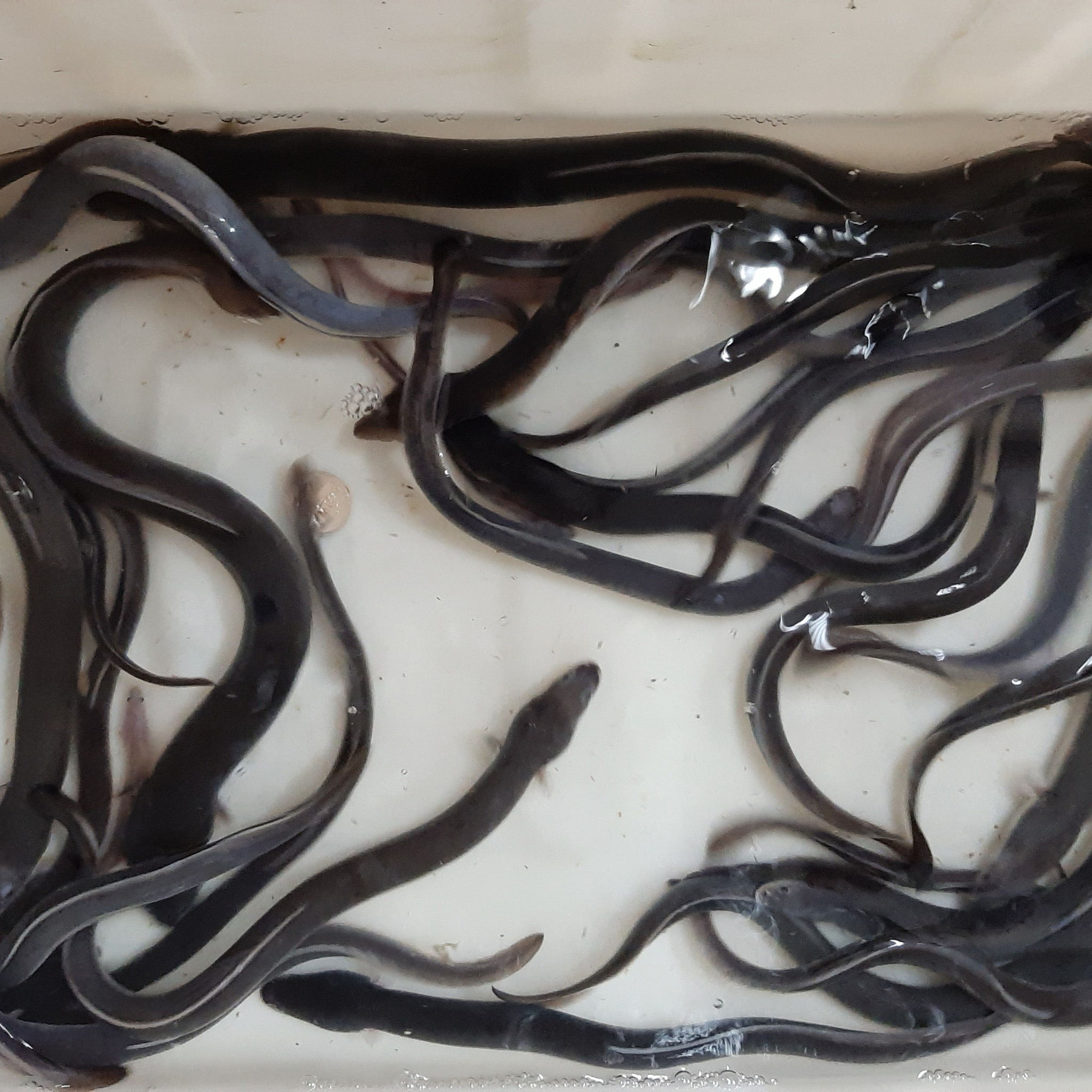
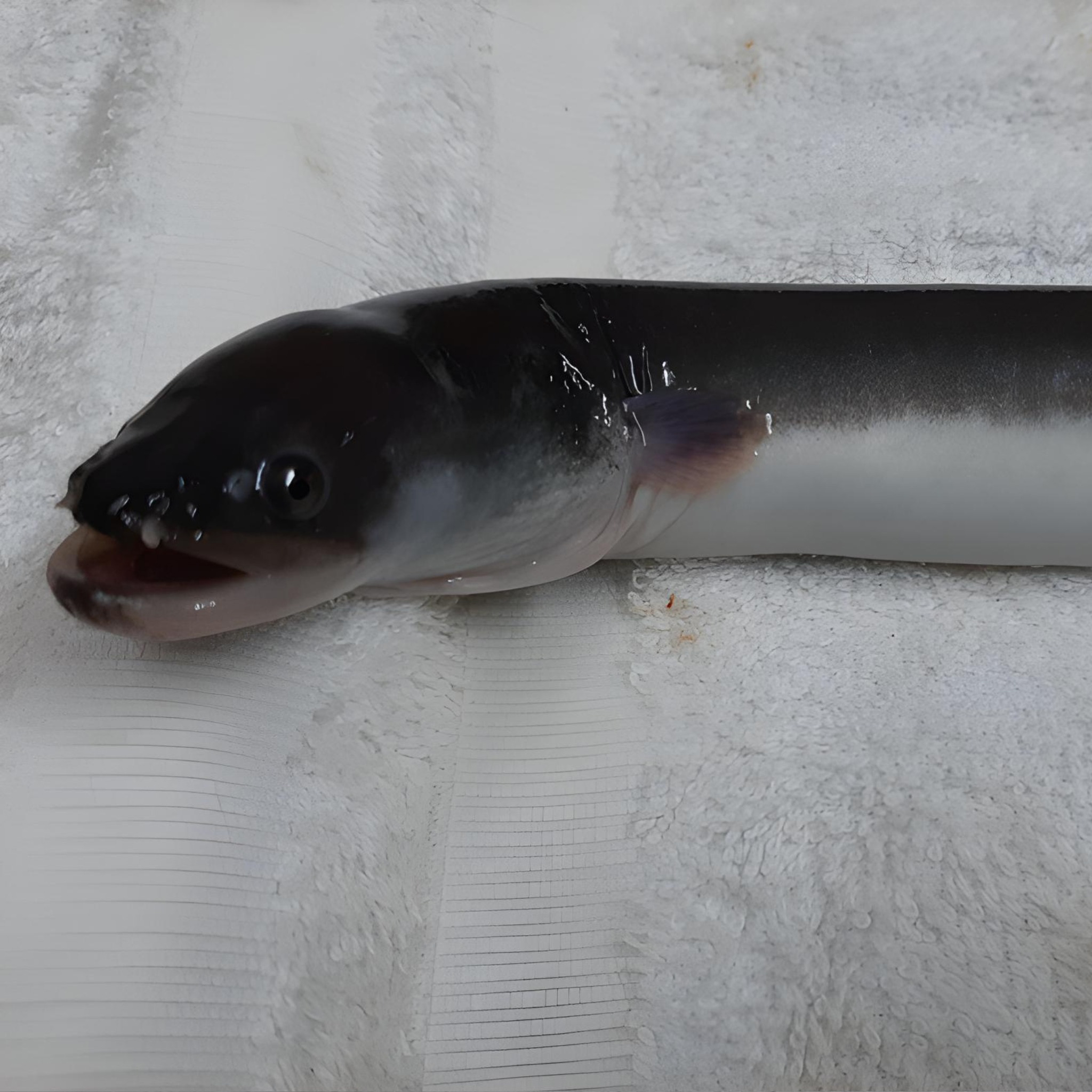
 SEAFDEC/AQD Southeast Asian Fisheries Development Center | Aquaculture Department
SEAFDEC/AQD Southeast Asian Fisheries Development Center | Aquaculture Department
